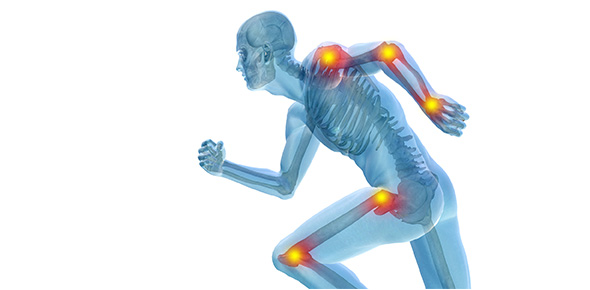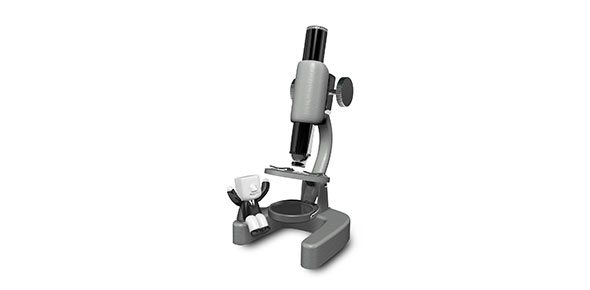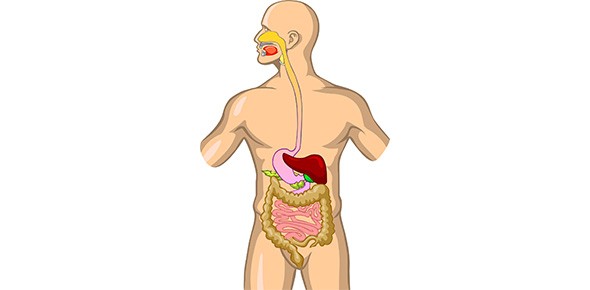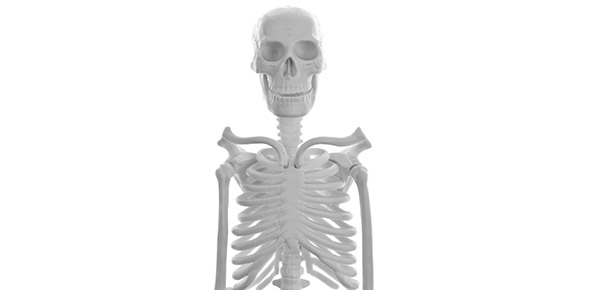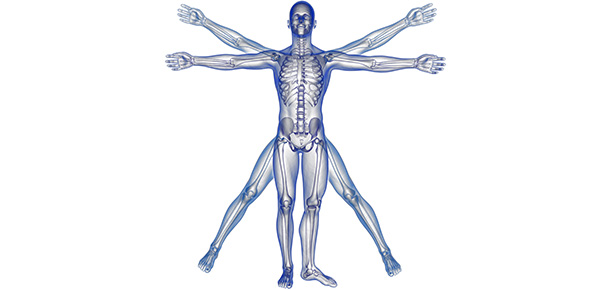Related Flashcards
Related Topics
Cards In This Set
| Front | Back |
|
The heart is located...
|
In the mediastinum of the thoracic cavity.
(between the sternum, lungs and thoracic vertebrae) |
|
The serous membrane of the heart is...
|
The pericardium.
|
|
Outer Parietal
|
Attaches heart to mediastinum.
has fibrous tissue so heart doesn't over expand. |
|
Visceral Layer
|
Called epicardium. lines the surface of the heart.
|
|
Pericardial Cavity
|
Space between parietal and visceral layer. filled with fluid to reduce friction. Both layers have mesothelium that secrete serous fluid.
|
|
Myocardium
|
Muscle of the heart.
uninucleated cardiac muscle cells. |
|
Endocardium
|
Line the heart chambers. inner layer of the heart. endothelial cells.
|
|
Auto-rhythmic
|
Regulates its own relaxation and contraction phases without nerve stimulation.
can be affected by nerve stimulation. |
|
Sinu-Atrial Node (SA Node)
|
Action potential originates here.
|
|
Atrivoventricular node (AV node)
|
Pass slowly through atrium wall so atria can contract.
|
|
Atrioventricular bundle
|
Signal passes through here to divide into left and right bundles to the ventricles.
|
|
Purkinje fibers
|
Begin at apex of ventricles. stimulate ventricle walls simultaneously to elicit stronger contraction.
|
|
Baroreceptors
|
Located in the carotid sinus and aortic arch respond to increase in blood pressure. this stretches the carotid arteries and aorta. increase action potential generation.
|
|
Medulla Oblongatta
|
Receives information from the vagus and glossopharyngeal nerves from the heart to increase parasympathetic stimulation.
|
|
Superior and Inferior Vena Cava
|
Deliver blood to right atrium.
|



